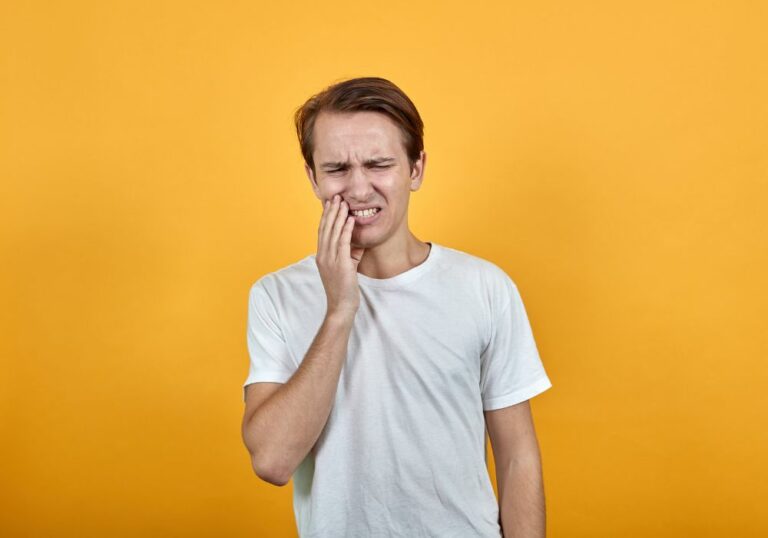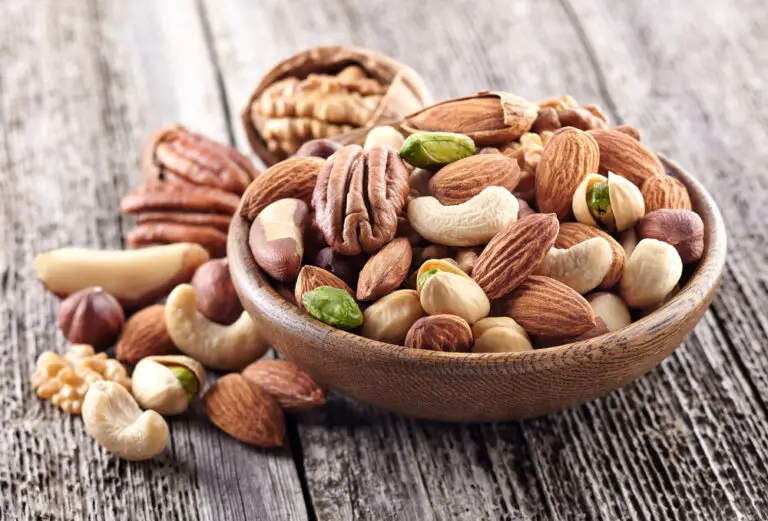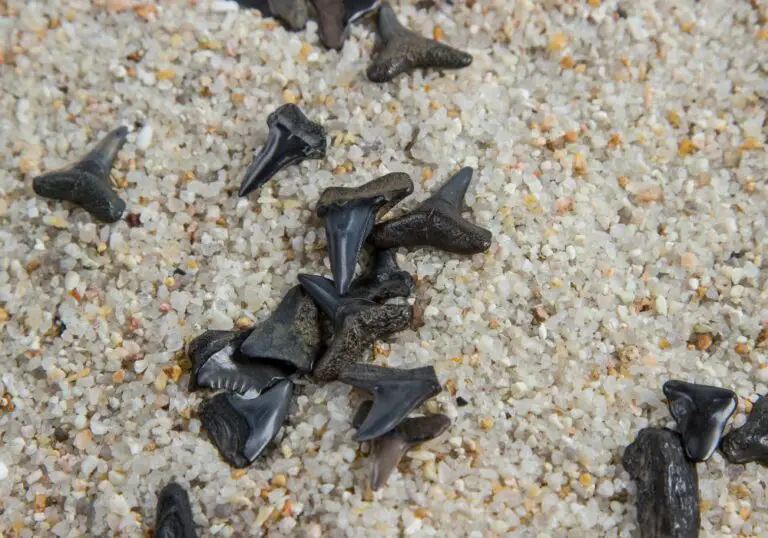Birds are the only surviving lineage of dinosaurs that evolved without teeth. But their dinosaur ancestors and early bird groups did have teeth. Over time, birds lost their teeth and evolved lightweight beaks. This major evolutionary transition is related to the emergence of flight and the extinction of dinosaurs. Toothless beaks proved more beneficial and adaptable for avian lifestyles.
The long reign of toothed birds throughout the Mesozoic
For over 150 million years, toothed jaws were the standard for early birds and their dinosaur forebears. Teeth appeared in the earliest birds and persisted through multiple eras.
Toothed theropod dinosaurs – The ancestors of birds
Birds evolved from small feathered theropod dinosaurs (mostly carnivorous bipedal saurischians) during the Mid-Late Jurassic period. Theropods like Velociraptor and Tyrannosaurus all had sharp serrated teeth in their jaws.
Birds inherited many physical traits from their dinosaur ancestors including claws, long bony tails, and teeth.
Toothy birds of the Jurassic – Archaeopteryx and relatives
Archaeopteryx, one of the earliest known proto-birds from 150 million years ago, retained many dinosaur-like features including a full mouth of pointed teeth. Clawed fingers, unfused wing bones, bony tails, and other ancestral structures indicate Archaeopteryx was still early in the avian transition away from dinosaurs.
Other Late Jurassic-Early Cretaceous birds also retained teeth, such as Sapeornis, Jeholornis, and Confuciusornis.
Cretaceous toothed birds – Hesperornithiformes, Ichthyornis, and Enantiornithes
Later in the Cretaceous period, several lineages of primitive toothed birds thrived alongside dinosaurs:
- Hesperornithiformes – Toothed foot-propelled diving birds like Hesperornis with teeth adapted for catching fish.
- Ichthyornithiformes – Fish-eating toothed seabirds typified by Ichthyornis with smaller fused teeth.
- Enantiornithes – The most diverse and abundant Cretaceous birds, spanning dozens of species all with teeth.
So teeth persisted through over 70 million years of early bird evolution since their dinosaur origins.
Why did early birds retain teeth?
Teeth served essential functions in primitive birds similar to dinosaurs and ancient reptiles:
- Capturing prey – Grasping, piercing, and holding onto struggling prey.
- Killing – Tearing flesh and crushing hard shells/bones.
- Breaking down food – Cutting, slicing, and puncturing tough materials.
- Mechanical digestion – Chewing/grinding food into digestible bits.
Early birds relied more directly on their teeth for these roles before their toothless beaks refined alternate strategies.
The extinction of dinosaur teeth – Why and when birds lost their teeth
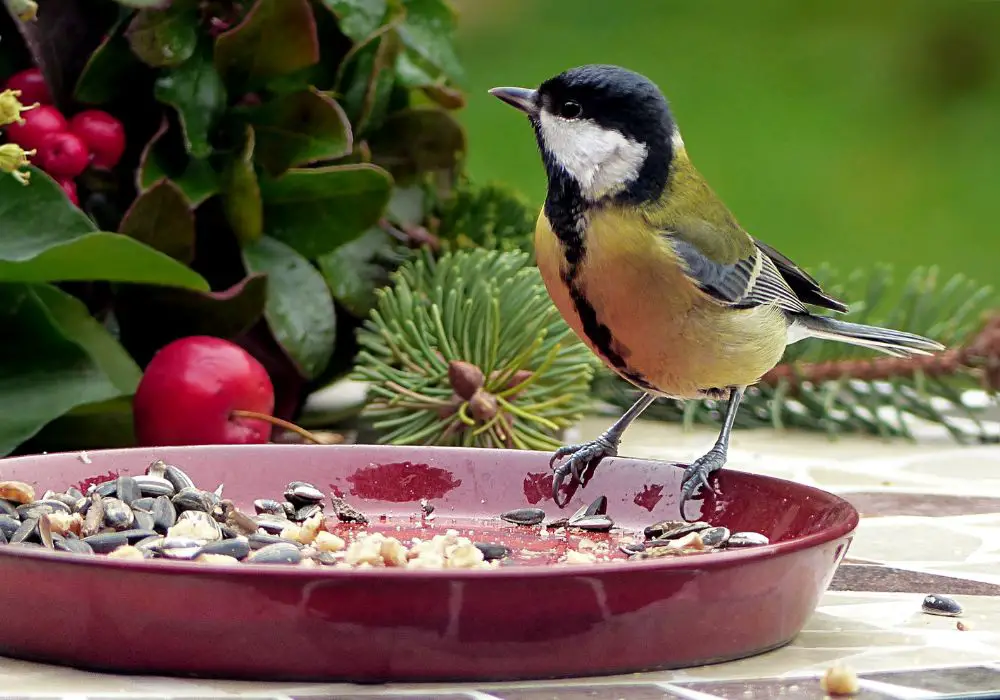
For over 150 million years, toothed jaws were the norm in ancestral birds and dinosaurs. But modern bird groups lost their teeth relatively abruptly around the End Cretaceous extinction. Why did teeth disappear after millions of years?
The rise of modern birds – Neornithes
The Cretaceous-Paleogene (K-Pg) mass extinction 66 million years ago wiped out all large dinosaurs, except birds. Some newly diversified groups of advanced neornithine birds survived the cataclysm while other birds perished.
Modern birds evolved key adaptations like toothless beaks, larger chests, faster metabolisms, and improved aerodynamics. Their smaller body sizes and flight capabilities helped them survive the destruction.
Birds were already shedding teeth and evolving toothless beaks before the K-Pg event. But the challenges of this extinction likely accelerated tooth loss across diversifying avian groups.
Shedding teeth provided birds evolutionary advantages:
- Smaller, lightweight skulls without heavy teeth benefited flight performance.
- Hardened beaks required less energy to grow and maintain than constantly replaced teeth.
- Toothless beaks could adaptively radiate into diverse forms matching specialized feeding strategies.
These benefits made beaks the new standard as birds radiated into the Paleogene world.
Fossil evidence of early toothless birds
Several lines of fossil evidence indicate many neornithine groups lost most of their teeth before or around the K-Pg extinction:
- The most primitive Paleognathae birds like lithornithids were already toothless before the extinction event.
- Early galliform (landfowl) ancestors shed their teeth as early as 90 million years ago.
- The oldest known duck relative Vegavis iaai from 66 million years ago was toothless with a beak.
So critical lineages of modern birds lost teeth and evolved beaks before dinosaurs went extinct. Toothlessness supported their survival and success afterwards.
Toothless beaks take over – Evolutionary adaptations
To counterbalance their missing teeth, early edentulous birds evolved keratinous beaks with many structural modifications:
Hooks, curved tips, notches – Seizing and tearing
Raptors like eagles and shrikes evolved sharp hooks and notches for snagging and dismembering prey. Falcon beaks feature tomial teeth – saw-like serrations along the upper mandible to slice through flesh.
Spearing, impaling – Piercing and killing
Herons and kingfishers developed extended spear-like beaks to stab and impale fish. Hornbills and shrikes impale insects and small vertebrates on thorny beak tips.
Chisel-shaped – Hammering and drilling
Woodpeckers’ flattened chisel-like beaks efficiently hammer into wood, while shorebirds pry up shellfish. Chipping sparrow bills chip away at seeds and fruit.
Cracking and crushing – Breaking tough materials
Thick conical parrot beaks generate intense bite force to crack hard nuts. Finch beaks crush tough seeds. Jacana beaks smash mollusk shells.
Straining – Filtering small food items
Flamingos and ducks sift food from water using fine fringing lamellae. Goose beaks filter particles. Avocets swing sideways through water.
Scooping, ladling, tongs – Extracting flesh
Spoonbills, pelicans, and penguins have expandable pouches to scoop up fish. Tongs-like tweezer beaks of crossbills pry out pine seeds. Nectar bird tongueslap up juices.
Ripping, tearing – Shredding meat
Raptor beaks function like blade cutters, ripping meat into chunks. Caracaras have notched tomial teeth to help tear flesh.
Grasping, holding – Containing live prey
Kingfishers clench fish tightly as they beat them. Herons hold frogs immobile. Raptor feet pin prey while beaks dismember.
Birds creatively modified their beaks to perform all the same functions teeth once did. These adaptive innovations were key to surviving without teeth.
Chewing and grinding – How birds mechanically digest without teeth
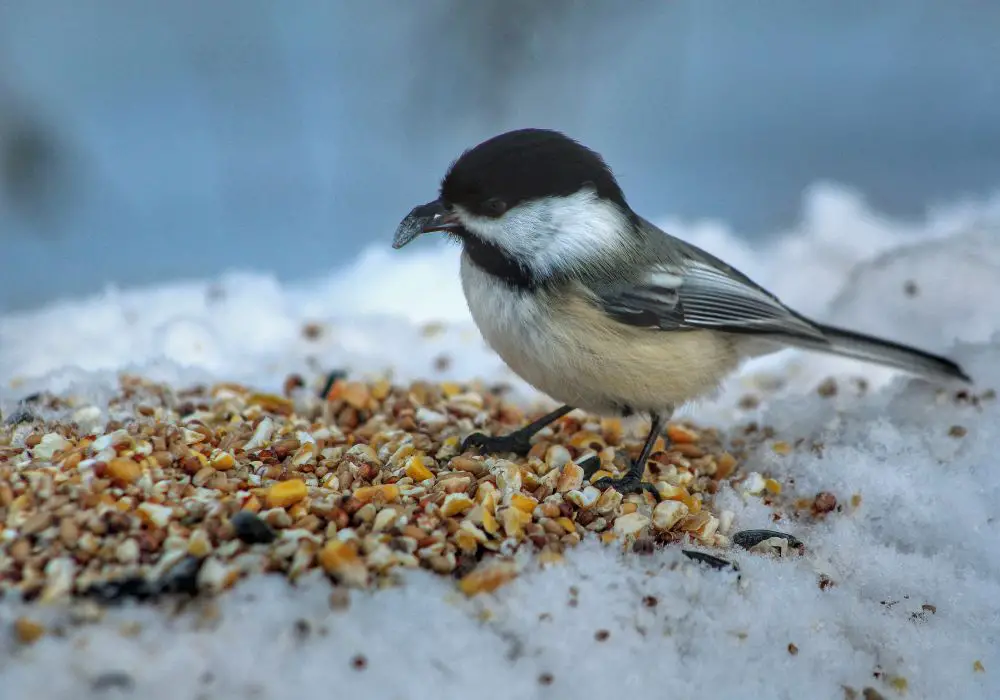
Besides capturing and killing, bony teeth helped dinosaurs and early birds chew and mechanically digest food before swallowing. Lacking teeth, how do birds accomplish this?
Muscular gizzards
Birds evolved thick muscular gizzards (secondary stomachs) that contract to grind up food from the esophagus, using grit and swallowed stones. Gizzards provide the chewing/grinding action that teeth once did.
Seabirds like albatrosses regurgitate indigestible squid beaks and bones back up their throats after gizzard grinding.
Grit and stones
Birds supplement their gizzard grinding by deliberately swallowing stones, sand, gravel, and shell fragments. These particles are retained in the gizzard and help pulverize food.
Some desert seed-eating birds like quail ingest large quantities of grit to deal with tough vegetable matter. Shorebirds swallow shells to crush hard-bodied prey.
Jaw motions
Some birds chew motions with their jaws to soften and break down food before swallowing. Parrots cut and shear food held in their beak tips. Mallards makes chewing motions to ready plant matter for the gizzard.
Rotating food
Species like jays and toucans use dexterous tongue motions to rotate and position food chunks inside their mouths, softening them up before swallowing.
These adaptations allow birds to effectively process food without teeth before passing it to their digestive tract. Birds have preserved chewing and grinding functions without reverting back to toothed jaws.
Impacts of tooth loss on avian evolution
Losing teeth in favor of keratinous beaks had many ripple effects across avian evolution beyond just diet:
Flight adaptations
With beaks replacing teeth, skulls and jaws lightened considerably. This reduced overall weight, expanded capacity for flight muscles, and improved aerodynamics – all boosting flight capabilities.
Perching adaptations
Freed from capturing prey, tongues flattened and developed more intricate muscles for complex vocalizations. Songbirds evolved specialized syrinx organs.
Reproductive adaptations
Using hard toothless beaks to soften and regurgitate food, parent birds could provision young altricial hatchlings. More time could be spent raising helpless chicks.
Construction adaptations
Precise beak manipulations enabled weaving nests from twigs, grasses, and other materials. Intricate nest architectures emerged.
Ecosystem impacts
Toothless beaks enhanced birds’ environmental spread and ecological impact as they radiated into diverse niches worldwide.
Morphological impacts
Skulls and jaws simplified and consolidated without teeth. Keratinized beak rhamphothecae took over food manipulation.
Losing teeth profoundly influenced many facets of avian evolution beyond just eating.
Are birds’ tooth-building genes still present?
Birds lost their teeth over 100 million years ago. With disuse, their genetic code for producing teeth has been mostly deactivated over evolutionary time. However, traces of ancestral dental genes remain within modern bird genomes.
Discovered dormant tooth pathways
In 2006, Jiang and colleagues identified fossilized pathways in chickens for developing teeth, contained within embryonic tissues:
- Dental lamina stem cells for growing tooth buds
- Dental mesenchyme cells for tooth roots
- Successional lamina for replacing worn teeth
These primordial stem cells reflect birds’ toothed ancestry. Chickens retain genetic evidence of teeth long lost.
Archaeological genetic relics
Tooth-related genes in birds may function in beak development or have other roles now. But their existence points to descent from toothed ancestors.
Bird genomes still harbor archaeological evidence of traits disappeared ages ago but not fully deleted from their DNA instruction set. Teeth persist as inactive fossils in their genetic code.
Could birds re-evolve teeth from genetic remnants?
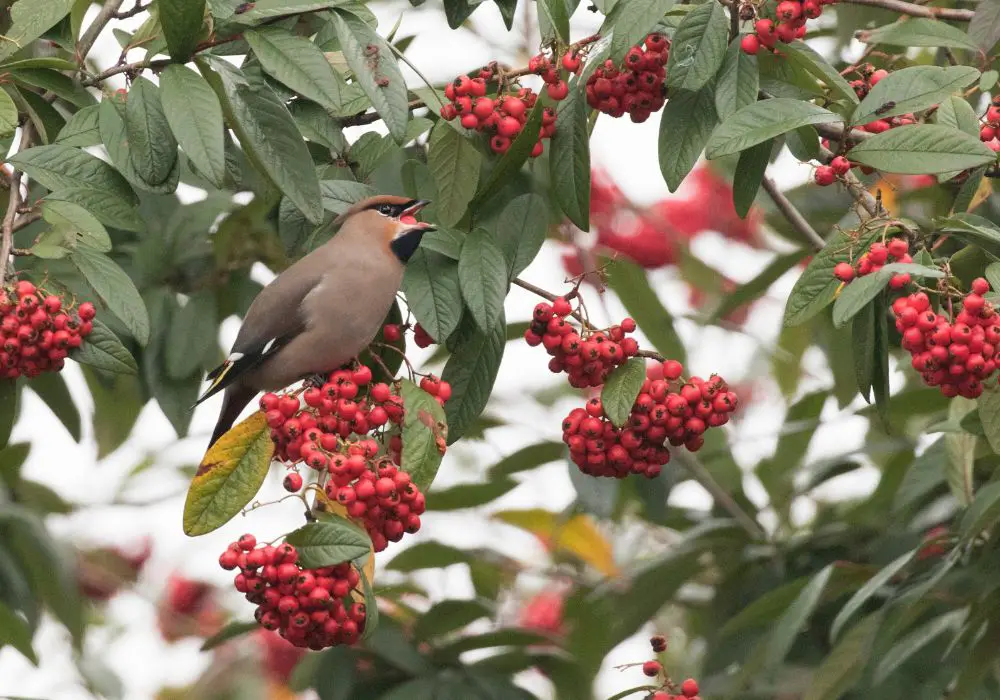
Avian embryos retain some dormant stem cell populations that could be coaxed to reactivate growth of ancestral teeth:
2013 study on chick teeth
By inhibiting enzymes that normally suppress tooth development in embryonic chicks, researchers grew small tooth-like conical structures on chick jawbones using their latent genetic pathways.
Obstacles to full tooth restoration
However, major hurdles remain to fully restore mineralized functional teeth in birds after 100+ million years of toothlessness:
- Shrunken dental stem cell populations.
- Disrupted cell signaling interactions.
- Missing later stage tooth development genes.
Fully re-evolving teeth from vestigial remains requires overcoming significant developmental gaps.
Ethics of trait reactivation
Assuming technical barriers could be surmounted, debatable ethical issues arise in reactivating such ancestrally silenced traits out of pure curiosity rather than clear benefit to birds.
For now, recovering extinct traits like teeth remains challenging. But rapid advances in genetic engineering may one day make such reversal of evolution possible, if deemed ethical.
Conclusion
The evolutionary loss of teeth was pivotal in early birds’ transition away from dinosaurs into unique avian lineages. Shedding teeth reduced weight for flight and allowed beaks to adaptively radiate into diverse forms matching birds’ distinct lifestyles. While traces of genetic pathways for growing teeth persist in modern birds, reactivating such long-lost traits poses massive obstacles – both technical and ethical. Nonetheless, the discarded instructions for avian teeth remain embedded within birds’ genomes like evolutionary fossils.
Frequently Asked Questions
How long did early birds have teeth?
Primitive birds retained teeth for over 150 million years from the Late Jurassic through Late Cretaceous periods. Dinosaurs, ancestral theropods, and most early birds all possessed teeth until modern Neornithe groups lost them before or around the K-Pg mass extinction.
What changes did tooth loss enable in early birds?
Shedding heavy teeth lightened skulls for improved flight capacity with expanded space for flight muscles. Hardened beaks required less energy to grow than constantly replaced teeth. Toothless beaks could rapidly adapt into diverse specialized forms.
What functions did early bird teeth serve?
Teeth allowed primitive birds to seize prey, kill through piercing/crushing, break down and chew food, and mechanically digest tough materials – roles later assumed by adapted beaks and muscular gizzards.
How do beaks replace teeth for eating in modern birds?
Beaks evolved hooks, barbs, chisel-shapes, crushing surfaces, filters, strainers, spears, and other modifications to grab prey, tear flesh, crack hard foods, filter particles, mash shells, and perform other feeding roles of teeth.
How do birds chew and grind food without teeth?
Muscular gizzards filled with swallowed grit crush and grind food from the esophagus. Jaw chewing motions also help break down food before swallowing. Rotating food across the palate enables additional mechanical digestion.
What bird groups were some of the last to have teeth?
Late surviving toothed birds before the K-Pg extinction included Hesperornithiformes, Ichthyornithiformes, and Enantiornithes. But they all perished or lost teeth around the mass extinction 66 million years ago.
Do birds retain any genetic remnants of teeth?
2006 research revealed ancestral dental stem cell populations still present in chick embryos, retained from birds’ primitive toothed ancestry. But these pathways are silenced rather than activated to grow teeth.
Could scientists restore teeth in modern birds like chickens?
While embryonic vestiges of teeth remain in bird DNA, fully reactivating growth of mineralized functioning teeth after 130+ million years presents massive obstacles scientists have not overcome. There are also ethical concerns over pursuing such research.


